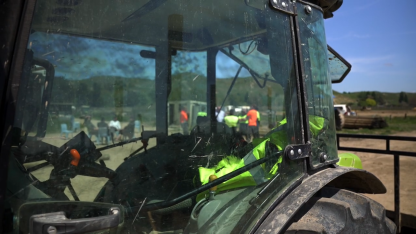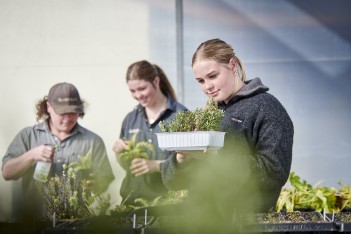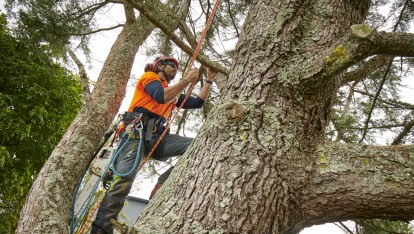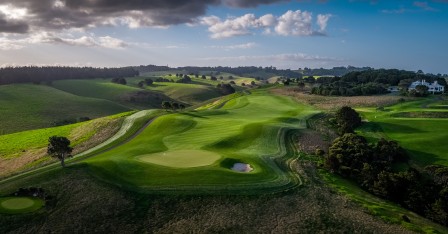2026 Investment Advice
Muka Tangata provides advice to TEC on investment in vocational education to influence funding decisions that considers industry needs, to help match skills and workforce demands with supply.
Learn moreNursery, Turf and Gardening includes Nursery Production, Turf Growing, Gardening Services, and Floriculture Production, and sub-industries such as Amenity and Sports Turf.
The industry supports our unique position as a biodiversity ‘hotspot’ around the world.
Availability of skilled workers is a top issue within the industry.
Key Challenges
View the Sports Turf industry dashboard, including learner enrolments and workforce data for Greenkeepers here: Sports Turf industry.
View the Arboriculture industry dashboard, including learner enrolments and workforce data for Arborists here: Arboriculture industry.
Find out about our work to assess the quality of programmes delivered by providers for this industry here.
A snapshot of the Nursery, Turf and Gardening workforce development plan is available for download here. Please note that this reflects a point in time (July 2024). The most up to date information is on the workforce development plans website.
Muka Tangata provides advice to TEC on investment in vocational education to influence funding decisions that considers industry needs, to help match skills and workforce demands with supply.
Learn more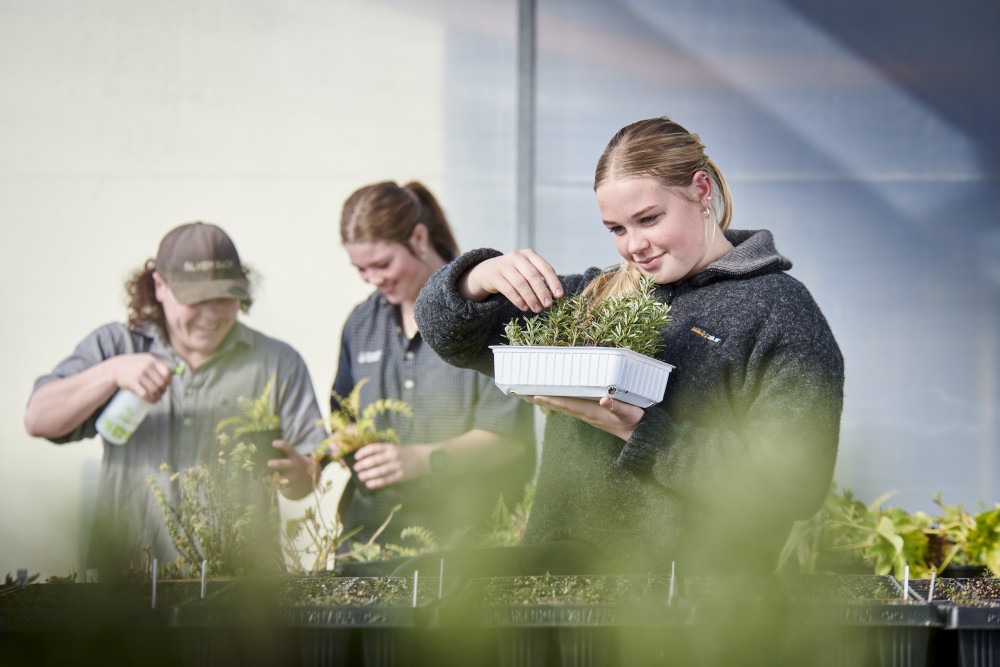
This section provides information about the workforce, industry and Vocational Education and Training (VET) provision and performance. It shows data and research focused on key aspects of Muka Tangata industry groups and learners. This section is expected to feature regular updates to the data and trends being showcased.

Insights for Industry about trends in economic performance indicators.
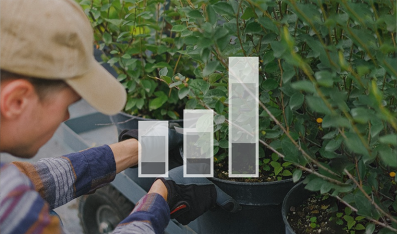
Insights on the workforce, including; size, ethnicity, age, regional distribution, and gender.
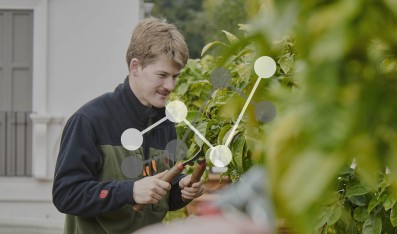
Insights about learners, including trends in enrolments and mix of provision.
Across the board, attracting people into the Nursery, Turf and Gardening industries with the right skills is a challenge and retaining staff in a competitive market can be difficult. Furthermore, the existing qualifications do not align with the skills required on the job and the industry is interested in shifting to more apprenticeships and on the job training.
Nursery and Sports Turf are both focused on efficient water usage, while the Sports Turf industry is navigating a raft of different legislation and compliance challenges around greenkeeping. Nursery is also considering minimising plastic use and navigating an increased demand for native tree planting across the motu. These are just a few of the skills and workforce needs that industry is currently grappling with.
This is our plan to address the vocational education and training opportunities that arose from our engagement, research and analysis. It includes real projects that we are committed to delivering, with most of these spanning across some or all Muka Tangata industries. Our Projects have replaced our previous “Roadmap Actions” and present a consolidated view of our mahi. Some of the previous roadmap actions have been completed or closed out following a review of our work programme and engagement with industry on the priority of these actions.
